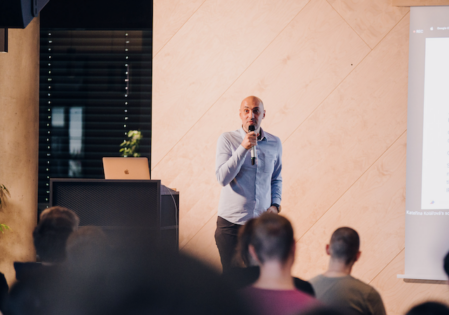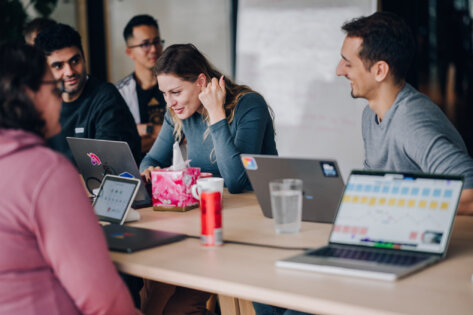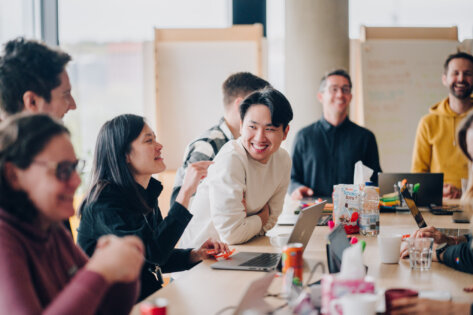My first 18 months on the productboard design team

About 18 months ago, I joined a tiny startup in Prague as a product designer. That tiny startup is now a series B company with 130+ employees and 2500+ customers. This is my journey.
The very beginning
Hi, my name is Zdenek, and I’m a designer. In the summer of 2018, I became the third member of the productboard design team. Back then, the whole company had a little over 20 people. I came with high expectations and a little bit of self-doubt.
I had seen how inefficient product management could be, and how designers are often forced to follow processes that simply don’t work. I believed that productboard was the right place for me – a place where I’d learn from great teammates, be enabled to follow the right design process, and enjoy opportunities to grow as a designer.
Joining productboard wasn’t a difficult decision. Two of my good friends were already on the team, and I was excited about the productboard mission — to create products that matter.
So, what’s life really like at productboard?
It’s equal parts exciting, challenging, and rewarding. Here are the main reasons why…
The chance to make an impact
Right from the start, I was amazed by how quickly my work had real-world impact. When I was tasked with improving or designing a new feature, I’d go through all the necessary steps, hand over the designs to engineers, and then see my work live in the product within days. I wasn’t used to that.
I remember the mixture of excitement and responsibility I felt, knowing that the work I was doing would soon affect the way customers interact with the system. It was intense!
Empowered teams
Another thing that stood out was the customer-focused approach to the design process. In many companies, designers are told what to design by people higher up the hierarchy, and their decisions are rarely based on customer insights. So designers end up working on features that don’t really matter.
When you don’t have direct access to customers, you never know what they think about what you’re building, let alone what they actually want or need. And when you don’t know what their problems are, it’s almost impossible to fix them. You’re essentially working blind.
At productboard, it’s totally different. It’s up to us as designers to deeply understand the problems that our customers are having, and then to come up with solutions they’ll love. We have direct access to customer feedback and requests; we interview them, observe how they use our product, look at analytics, and then use all these to inform the decisions we make.
The idea of empowered product teams isn’t new – Marty Cagan has been writing about the concept for years (read his book Inspired for more). But for me, it felt like for the first time in my career I was working the right way.
A collaborative approach
The design team has two design critiques per week where we give each other feedback on various ideas and solutions. We have guidelines for running these meetings, which reflect how we want to work. For example: Tie everything to goals. Have fun! Know what you want to get from the critique.
The design team also checks in once a week with our CEO, Hubert Palan, and our VP of Product and Design, Andrej Danko. During these sessions, we show wireframes, higher fidelity designs, and other artifacts, then critique them and discuss emerging patterns.
Hubert and Andrej provide great feedback that helps push us in the right direction. They may come to product teams with a particular business objective or problem that needs solving, but ultimately the decisions around what to build and in what way are up to the product teams. We never receive a list of features from them saying ‘build these!’ They trust us to make those decisions ourselves, as we’re the ones with in-depth knowledge about the problems we’re solving.
This reflects the productboard culture in general. There’s a hierarchy, but it’s much flatter than in more traditional, top-down companies. The result is that the decision-making power is spread more evenly among the team. Senior staff are there to enable us, not to micromanage us.
Lastly, Joshua Goldenberg, our design advisor, also gives us priceless advice, suggestions and feedback on a regular basis. Joshua has bags of experience and has led design teams at Palantir, Slack, and now Loom. Collaborating with someone of his caliber has helped push us to the next level.
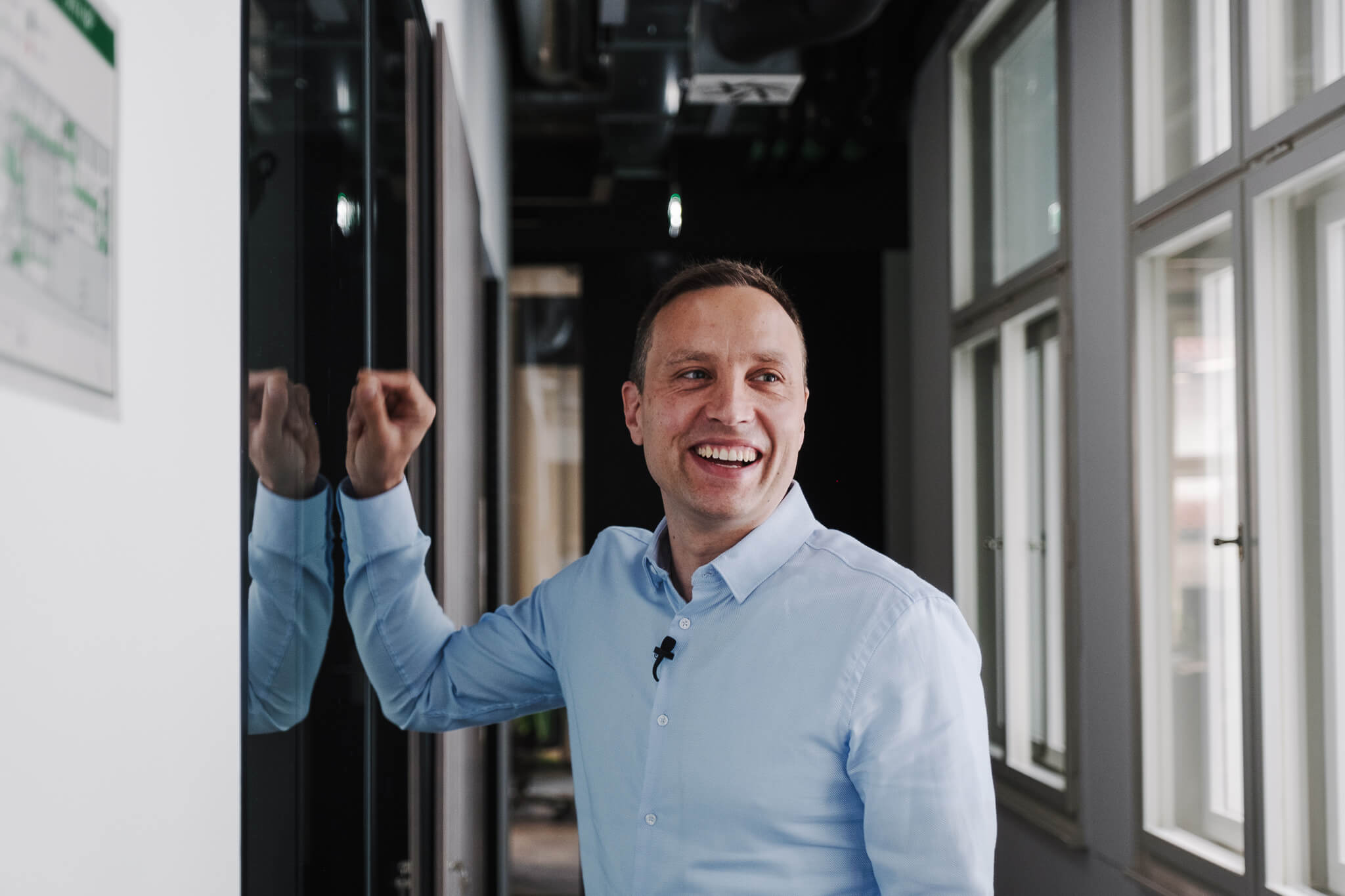
Regular trips to San Francisco
Another huge perk has been the chance to grow my network with some of the best in the business. Our team is based in Prague, and we also have an office out in San Francisco, where Hubert, Andrej, and most of our US-based colleagues are located. We get to travel out there fairly regularly; last year, I went three times. These trips have been amazing for my personal and professional development.
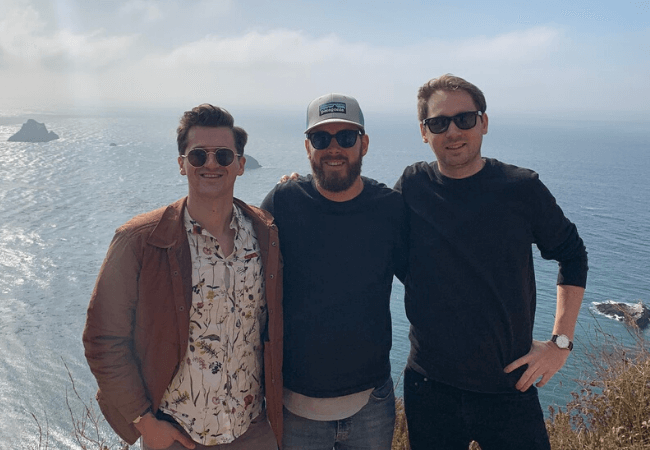
Through Hubert and Andrej’s networks, as well as our VC partners, we have access to some of the best businesses in the world. We’re talking about Silicon Valley icons. On a recent trip, I visited Facebook twice: once to meet one of their designers who worked on Portal from Facebook, then a second time for an invitation-only meet-up to discuss career progression in the product design world. On another trip, we met the Microsoft and Groupon teams based in Seattle.
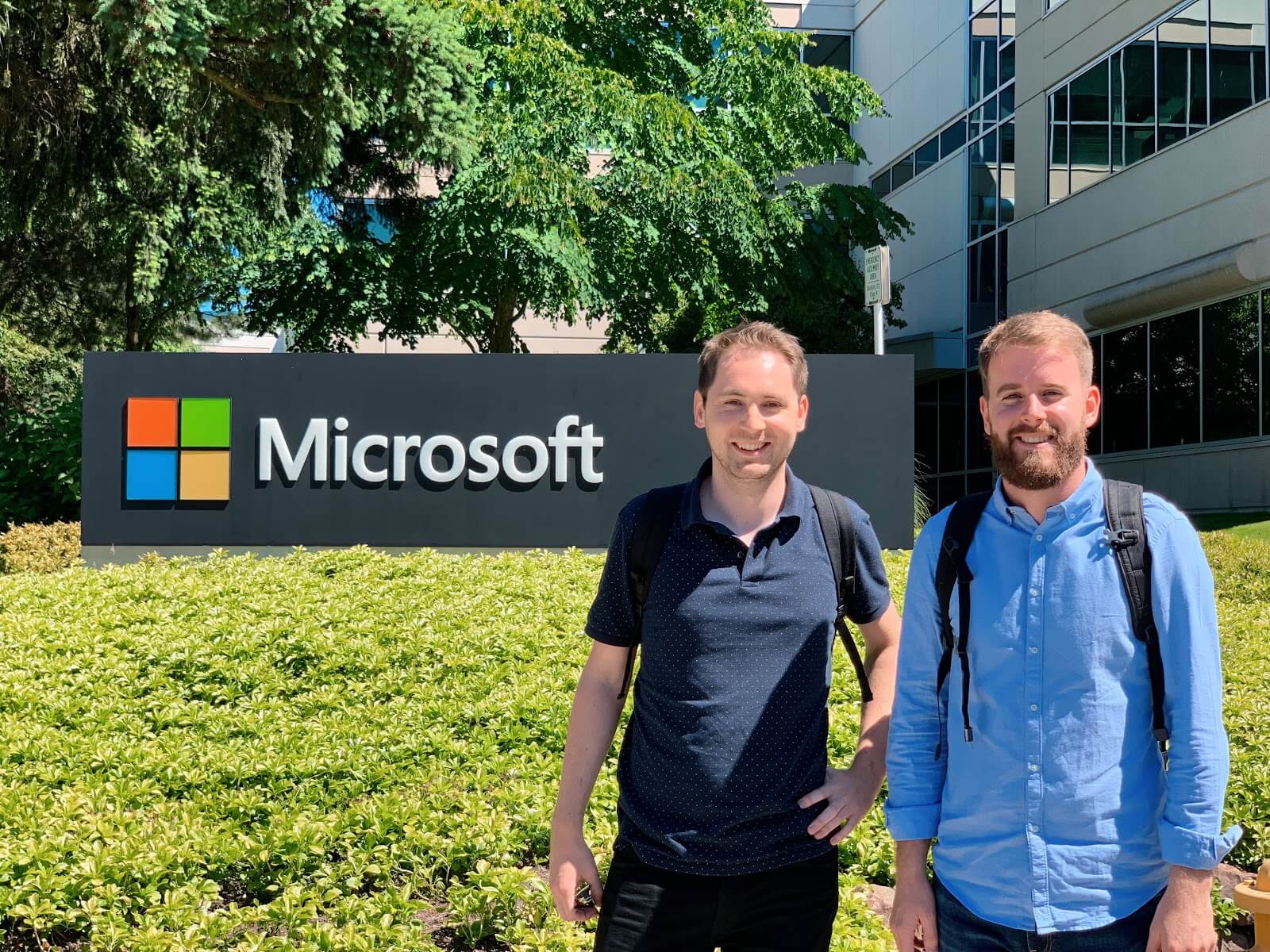
These experiences sometimes feel a bit surreal. Silicon Valley is a true mecca for designers, and we’ve been lucky enough to rub shoulders with the best. But these people are always keen to talk with us and share their experience.
Speaking opportunities
I’ve also had the opportunity to talk about my work at some great events. I had two such opportunities last year, and I’m looking forward to doing more.
The first was at the amazing product feedback session we hosted back in January 2019. The aim of the event was to discuss how the best product managers use customer feedback to drive the design process. Alongside my colleague Geda, I talked to the Prague product community about how we used our continuous delivery methodology to build productboard’s Slack integration.
The second was at a UX and design meet-up we hosted in partnership with Projector, where I discussed a critical question: how do we ensure that we’re building the right features?

I’ll be honest with you, stepping up in front of 70+ people was a challenge for me. I just decided to say ‘yes’ to the opportunity and then worry about it later. But I’m glad I did, as I got loads out of it. These events are a great way to network, share ideas, and get to know the wider design community.
On that point: we’re always encouraged to go out into the world and talk about productboard and the work we do. And we’re given the freedom to pick and choose how we do that.
Conferences, conferences, conferences
I can also attend as many conferences as I like, as long as there’s an opportunity to network with the best, hear inspiring speakers, or even speak myself. I just need to make sure my attendance makes sense. I don’t have to justify my decision or fill in endless forms to get it signed off. If I want to go somewhere, I can.
Last year, I attended Krupa in Kyiv, one of the biggest design interface conferences in the world, where I got to meet one of my design idols, Don Norman. I also went to UXDX in Dublin, an event that covers UX, UI, and design, where I chatted with Paul Adams, SVP of product at Intercom.
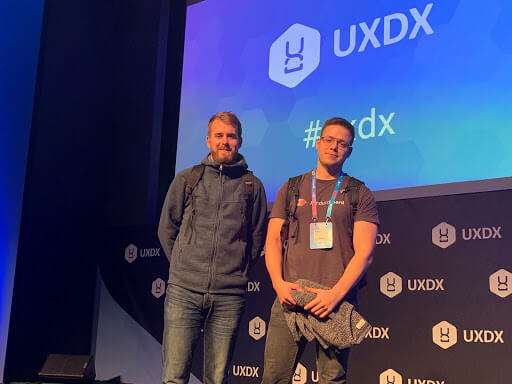
The fact that I can choose where I want to go reflects another important aspect of life at productboard: trust. As employees, we are trusted not only to improve the company and its product but to improve ourselves as well. We are given the freedom to learn, grow, and expand our horizons.
The start of something big
When I look back at the last 18 months, it’s difficult to take it all in. I’ve learnt so much, visited so many new places, and met so many talented people. Most importantly, I’ve joined an empowered team that does design the right way – building products and features that customers love.
For the passionate designer, this is priceless. Not only do companies such as Microsoft, Zendesk, and UiPath use and benefit from the product we design, that product then helps them to create amazing products for their customers. This is what I mean by doing work that matters.
The outlook
There’s plenty to be excited about going forward. Our team is set to expand to seven, with the addition of two new designers, while the wider company is undergoing a huge recruitment drive on the back of our $45 million Series B investment round. It has been a privilege to be involved from such an early stage and to see the company emerge as a true game-changer in the product design world.
Who knows where the next 18 months at productboard will take me. One thing’s for certain though: it will be quite a ride!
. . .
Want to join a global, growing company? Check out our careers page and see why productboard could be a great fit for your next adventure!

